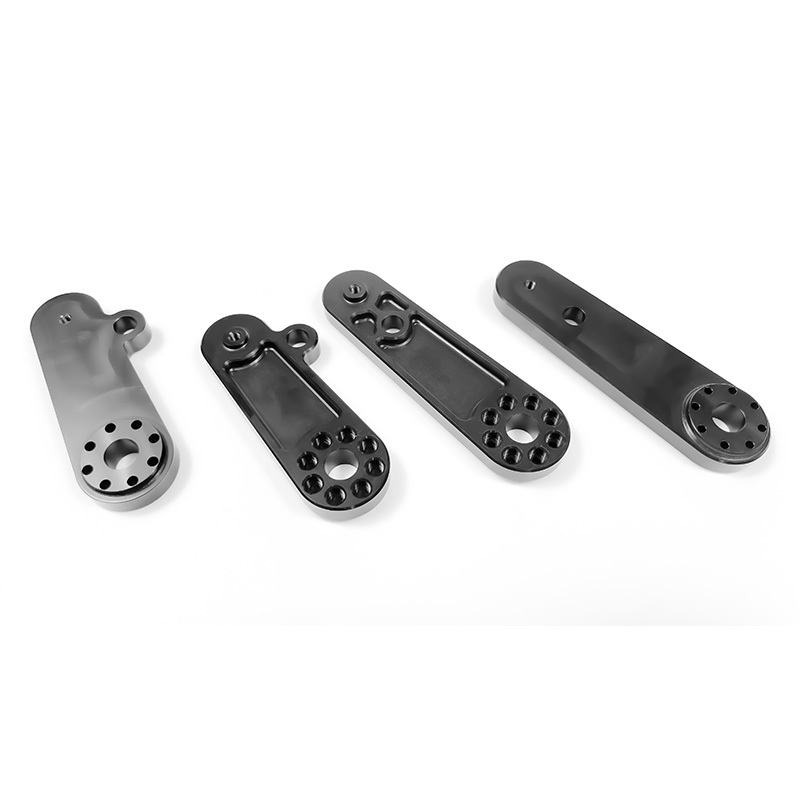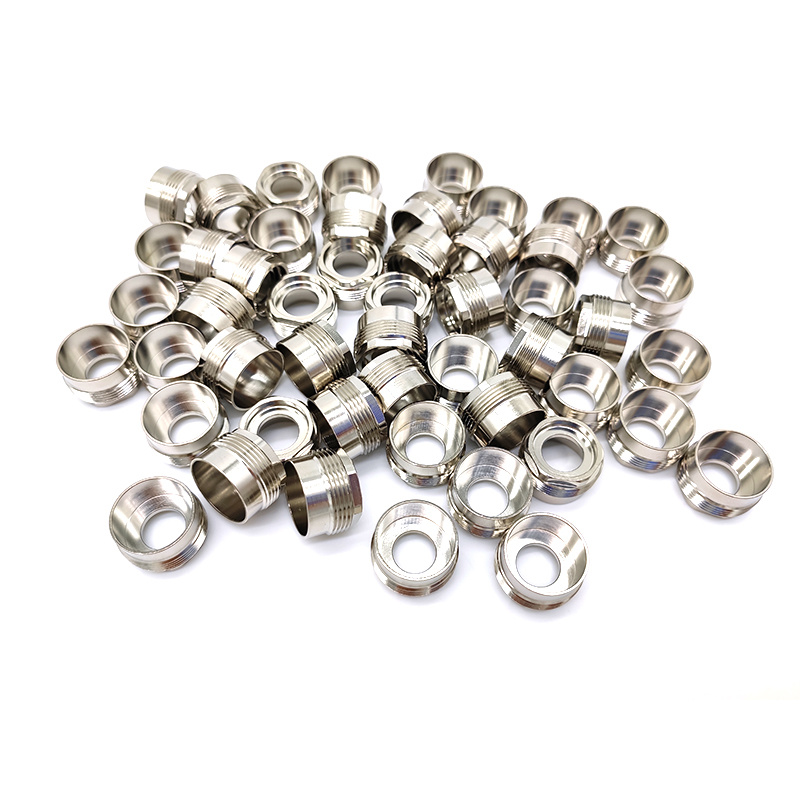Why Automotive Plastic Molding is Essential for Modern Manufacturing
Time:
2025-05-29 09:00
Source:
Why Automotive Plastic Molding is Essential for Modern Manufacturing
Table of Contents
- 1. Introduction to Automotive Plastic Molding
- 2. The Evolution of Manufacturing Processes
- 3. Advantages of Automotive Plastic Molding
- 4. Key Processes in Automotive Plastic Molding
- 5. Applications of Plastic Molding in the Automotive Industry
- 6. Environmental Impact and Sustainability
- 7. Challenges and Future Trends in Automotive Plastic Molding
- 8. FAQs about Automotive Plastic Molding
- 9. Conclusion
1. Introduction to Automotive Plastic Molding
Automotive plastic molding has become an indispensable part of modern manufacturing, transforming the way we produce vehicle components. As the automotive industry evolves, the need for lightweight, durable, and cost-effective materials has led to a surge in the adoption of plastic molding technologies. This article provides an in-depth look at why automotive plastic molding is essential for contemporary manufacturing practices.
2. The Evolution of Manufacturing Processes
The automotive sector has undergone significant changes over the decades, moving from traditional metal-based manufacturing to more innovative, material-efficient techniques. The introduction of automotive plastic molding represents a pivotal shift that has enabled manufacturers to create complex shapes and designs that were previously unimaginable.
Historically, early automobiles relied heavily on metal parts, which were not only heavy but also costly to produce. The advent of plastics in the 20th century revolutionized the industry, offering manufacturers a versatile alternative. Today, advanced molding techniques, such as injection molding and blow molding, allow for the efficient mass production of plastic components, streamlining workflows while ensuring high precision.
3. Advantages of Automotive Plastic Molding
Automotive plastic molding offers a host of advantages that make it a preferred choice in manufacturing:
3.1 Weight Reduction
One of the most significant benefits of plastic parts is their reduced weight compared to traditional materials. Lighter vehicles contribute to improved fuel efficiency and lower emissions, aligning with global sustainability goals.
3.2 Design Flexibility
Plastic molding allows manufacturers to create complex shapes and intricate designs that would be difficult or impossible to achieve with metals. This flexibility fosters innovation in automotive design, leading to more aesthetically pleasing and functional components.
3.3 Cost Efficiency
The efficiency of plastic molding processes significantly reduces production costs. The ability to produce large quantities of identical parts quickly results in economies of scale, making it a cost-effective choice for manufacturers.
3.4 Durability and Resistance
Modern plastics are engineered to withstand harsh environmental conditions and mechanical stress. This durability ensures that automotive components maintain their integrity over time, enhancing overall vehicle reliability.
3.5 Reduced Assembly Time
With the integration of multiple functions into single molded parts, assembly times decrease. Fewer components lead to simplified assembly processes, which can result in lower labor costs and increased production speed.
4. Key Processes in Automotive Plastic Molding
Understanding the key processes involved in automotive plastic molding is essential for grasping how this technology operates:
4.1 Injection Molding
Injection molding is the most common method used in automotive plastic molding. In this process, melted plastic is injected into a mold, where it cools and solidifies into the final product. This technique is favored for its ability to produce high volumes of consistent parts efficiently.
4.2 Blow Molding
Blow molding is primarily used for creating hollow plastic components. It involves inflating a heated plastic tube inside a mold to form the desired shape. This method is commonly used for manufacturing items like fuel tanks and various containers.
4.3 Compression Molding
In compression molding, plastic material is placed in a heated mold cavity and then compressed. This process is often used for producing larger parts, such as dashboard components and interior panels.
5. Applications of Plastic Molding in the Automotive Industry
The applications of automotive plastic molding are vast and diverse:
5.1 Interior Components
From dashboards to door panels, plastic molding allows for the creation of lightweight and customizable interior parts that enhance vehicle aesthetics and functionality.
5.2 Exterior Components
Bumpers, grilles, and fenders can now be molded using advanced plastics, providing vehicles with a sleek, modern appearance while maintaining strength and impact resistance.
5.3 Under-the-Hood Applications
Many under-the-hood components, such as air intake manifolds and engine covers, benefit from the heat and chemical resistance of modern plastics, improving engine performance and longevity.
6. Environmental Impact and Sustainability
Sustainability is a critical concern in today's automotive manufacturing landscape. Automotive plastic molding plays a significant role in reducing the overall environmental footprint of vehicles.
6.1 Recycling and Reusability
Many plastics used in automotive applications are recyclable, reducing waste and promoting sustainability. Manufacturers are increasingly adopting practices that encourage the use of recycled materials in production.
6.2 Energy Efficiency
The lightweight nature of plastic components leads to greater fuel efficiency for vehicles, contributing to lower greenhouse gas emissions over the vehicle's lifecycle.
7. Challenges and Future Trends in Automotive Plastic Molding
Despite the advantages, automotive plastic molding also faces challenges:
7.1 Material Limitations
Certain high-performance applications may still require metals or other materials due to the specific demands of heat resistance, strength, or rigidity.
7.2 Market Competition
As the technology evolves, competition among manufacturers increases. Companies must continuously innovate to keep pace with new developments in molding technologies.
7.3 Future Trends
The future of automotive plastic molding looks promising, with trends such as bioplastics and advanced composite materials gaining traction. Eco-friendly materials are expected to dominate the market as manufacturers seek sustainable production methods.
8. FAQs about Automotive Plastic Molding
8.1 What is automotive plastic molding?
Automotive plastic molding refers to the manufacturing process used to create plastic components for vehicles through techniques like injection molding, blow molding, and compression molding.
8.2 Why is plastic preferred over metal in automotive manufacturing?
Plastic is preferred due to its lightweight nature, cost-effectiveness, design flexibility, and resistance to environmental factors, all of which contribute to improved vehicle efficiency and performance.
8.3 How does automotive plastic molding affect vehicle weight?
By replacing heavier metal components with lightweight plastic parts, automotive plastic molding significantly reduces a vehicle's overall weight, contributing to better fuel efficiency.
8.4 What are the environmental benefits of plastic molding in the automotive industry?
Plastics used in automotive applications can be recycled, leading to reduced waste. Their lightweight nature also improves fuel efficiency, which helps lower greenhouse gas emissions.
8.5 What future trends should we expect in automotive plastic molding?
Future trends include the increased use of bioplastics, advancements in molding technologies, and a focus on sustainable practices, including recycling and the use of eco-friendly materials.
9. Conclusion
In conclusion, automotive plastic molding is not just a manufacturing technique; it is a cornerstone of modern vehicle production. The benefits of lightweight materials, design flexibility, and cost efficiency are crucial for the evolving automotive industry. As we look to the future, the integration of sustainable practices and innovative materials will shape the next generation of vehicles, further solidifying the importance of automotive plastic molding in modern manufacturing. By embracing these changes, manufacturers can position themselves at the forefront of the industry, meeting the demands of consumers and environmental standards alike.
automotive plastic molding
Related news
2024-11-15
2025-05-23








